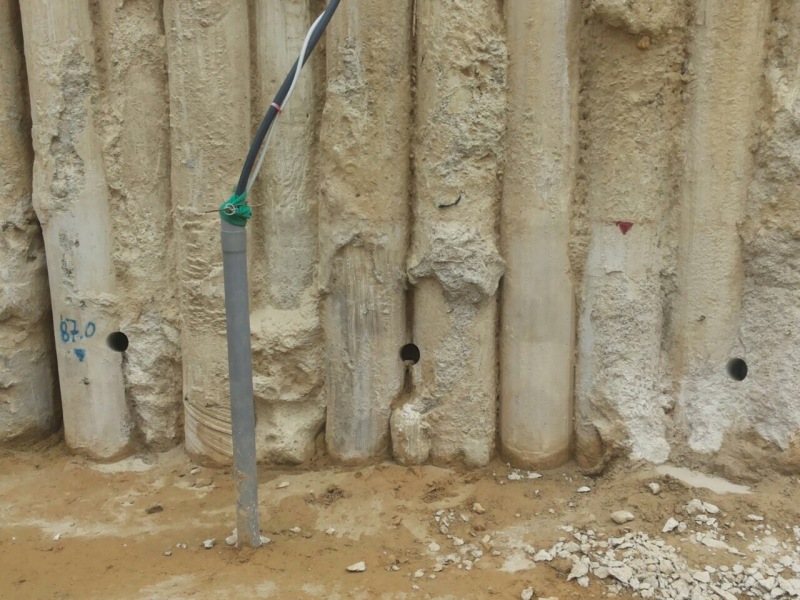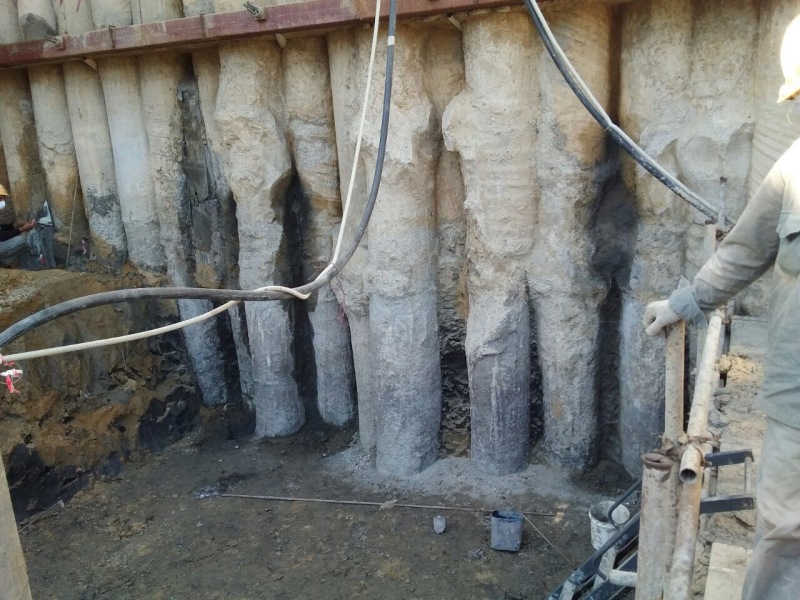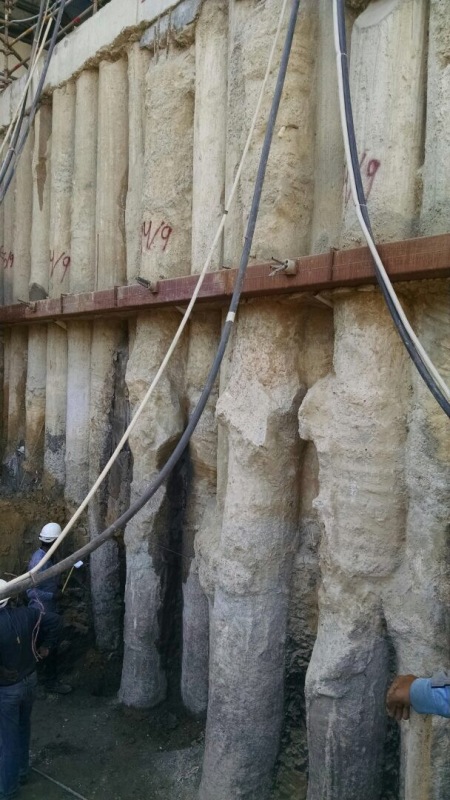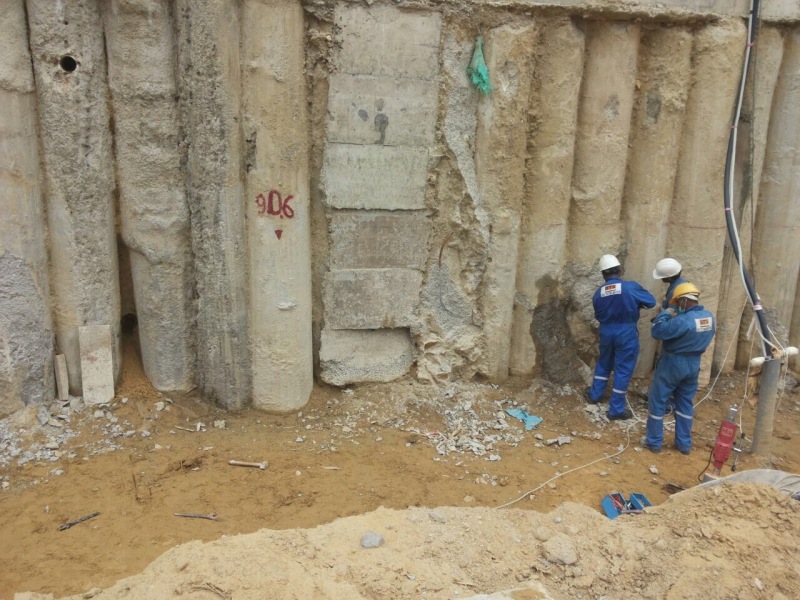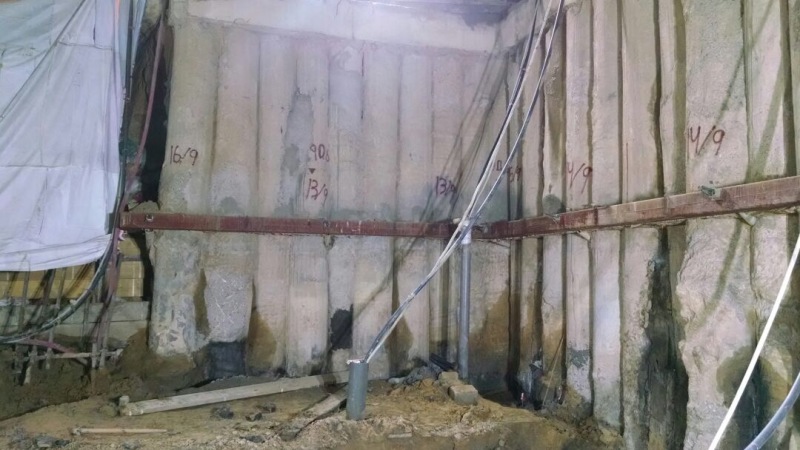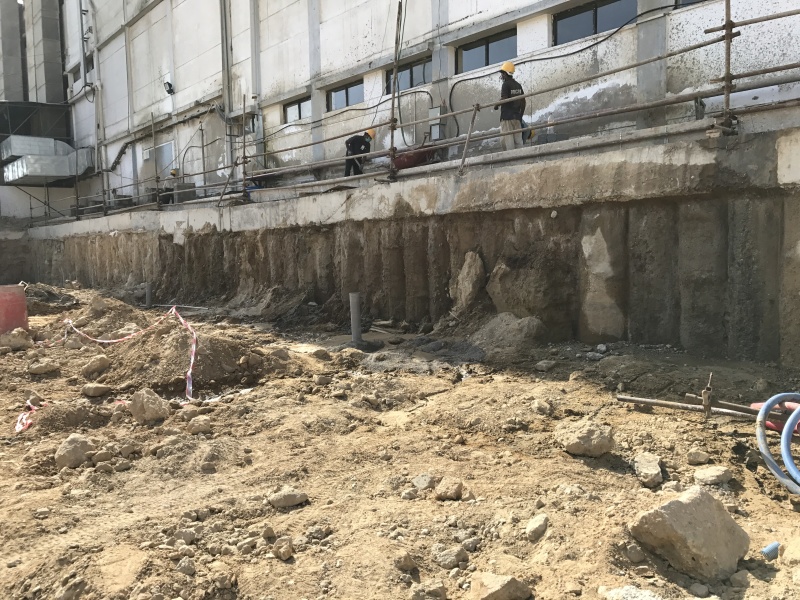mbilal89
Structural
- Feb 26, 2012
- 22
What is the best method of drilling tangent piles in loose clay which would ensure the bore stability?
Follow along with the video below to see how to install our site as a web app on your home screen.
Note: This feature may not be available in some browsers.
